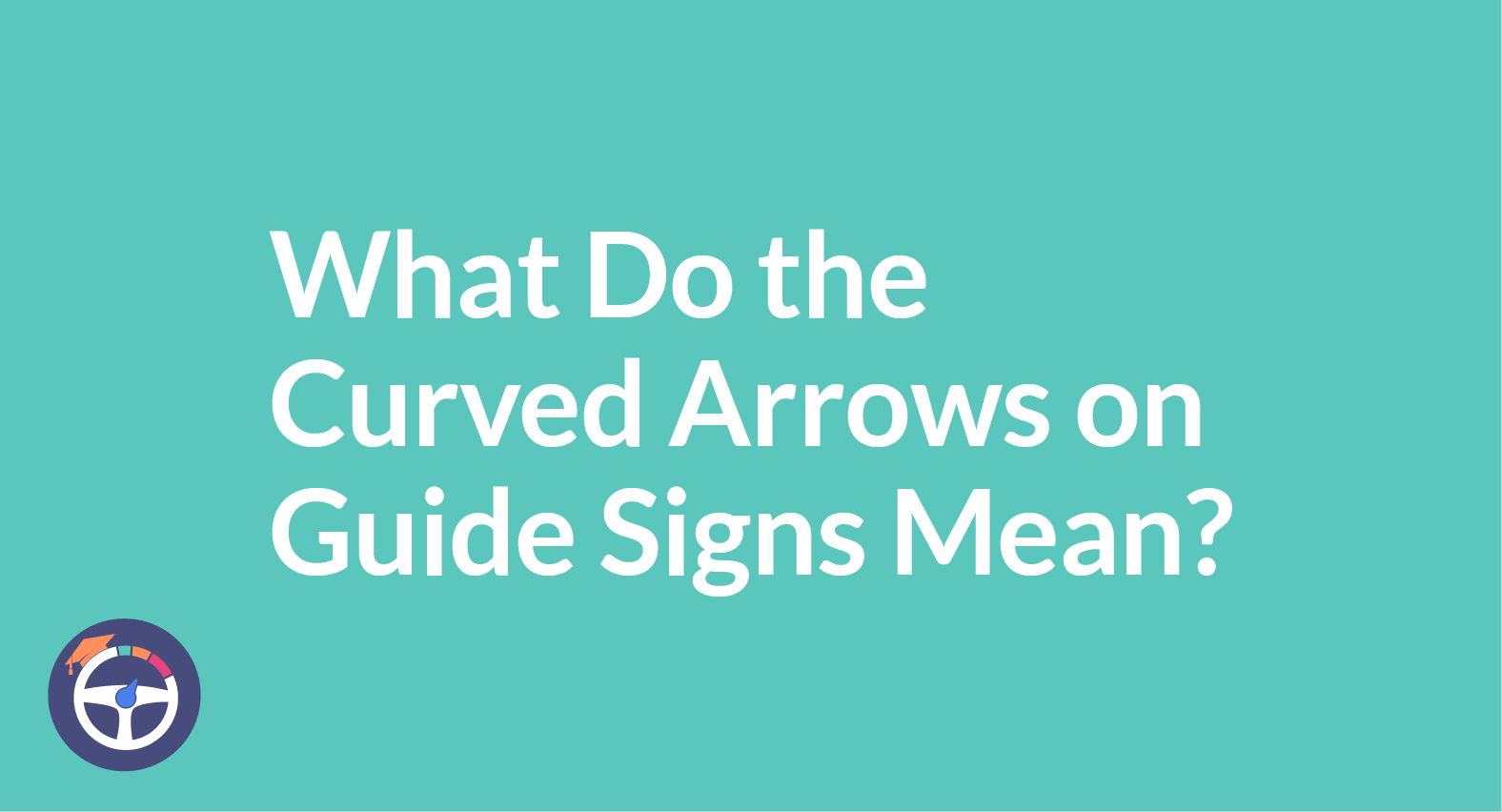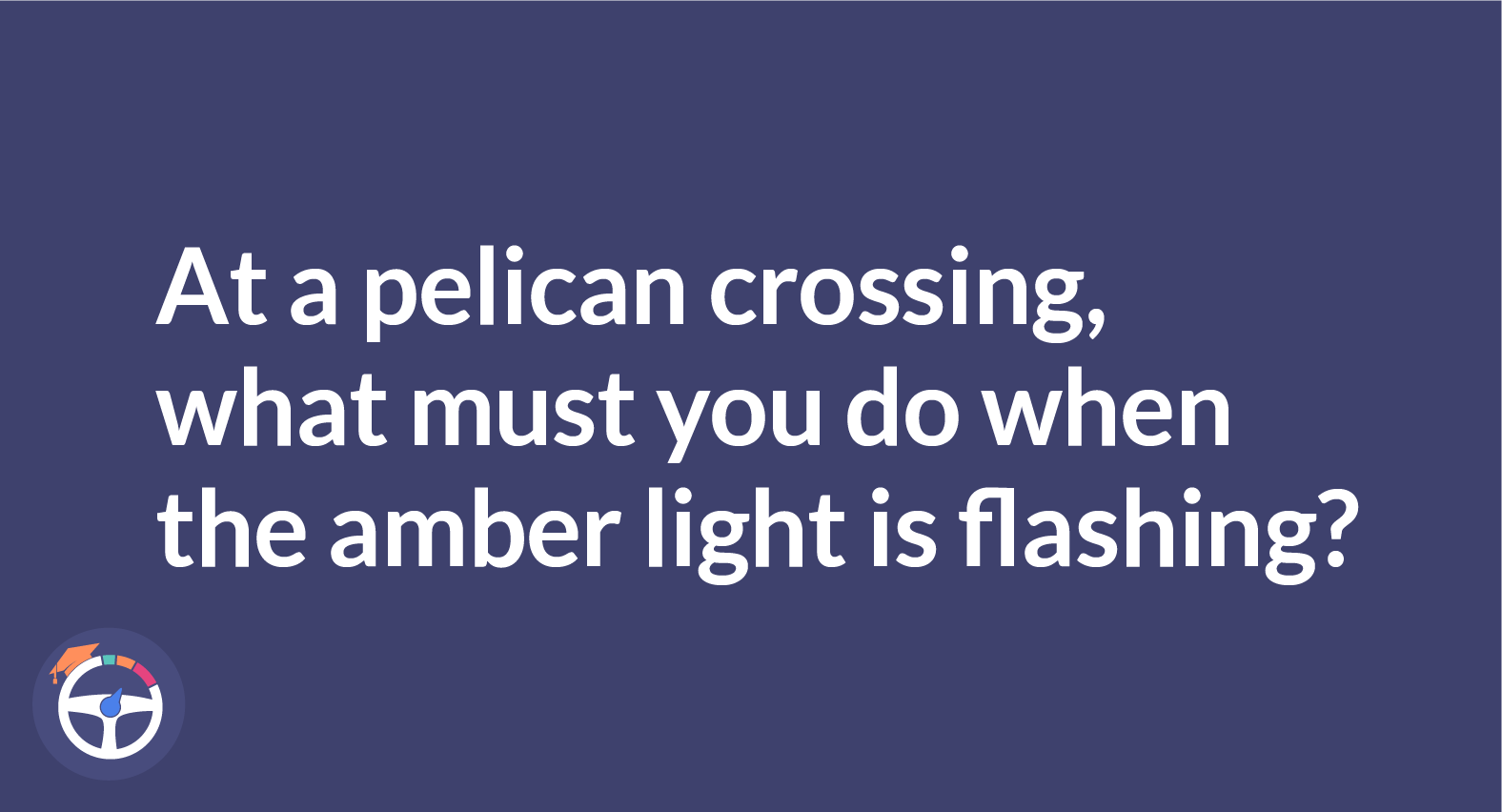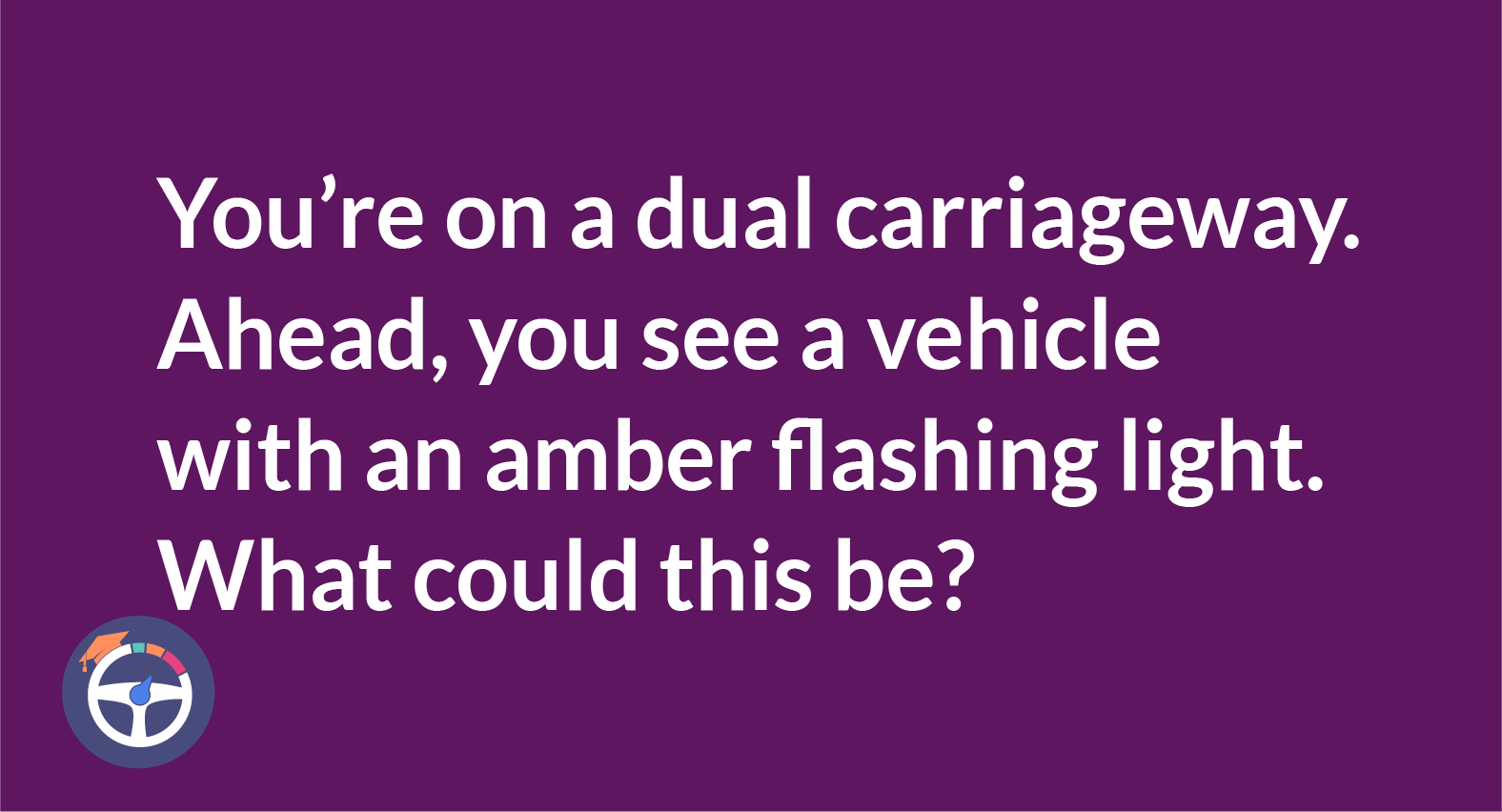What does this curved arrow road marking mean?
Curved direction arrows are typically painted on the road ahead of solid double white lines and hatch markings, showing the direction in which you should pass. They can also be found near low arched bridges, guiding high vehicles on the correct route to avoid the bridge.

Contents
- What Does This Curved Arrow Road Marking Mean?
- What Do the Arrows on Guide Signs Mean?
- Arrow Signals and Rules:
- Understanding Curved Arrow Road Marking:
- That’s A Wrap!
- FAQ
- What should I do if I encounter road markings that I don't understand?
- Are arrow signs standardized internationally, or do they vary from country to country?
- Do arrow signs apply to all types of vehicles, including bicycles and pedestrians?
- Can road markings change based on weather conditions, such as rain or snow?
- What role do road markings play in preventing accidents?
Navigating roads safely is essential for every driver. Understanding road markings and signs is a crucial aspect of road safety. In this blog, we'll learn the meaning of curved arrow road markings and highlight the significance of arrow signals on guide signs.
What Do the Arrows on Guide Signs Mean?
When it comes to arrow markings on guide signs, they provide crucial information about the direction you should take, especially when encountering solid double white lines on the road. Let's break down the different arrow signals and rules to enhance your understanding.
Arrow Signals and Rules:
Up Arrow:
So, you spot an up arrow on the road sign – what does it mean for your drive? Well, it's a little heads-up that things are about to go uphill real quick! Imagine the road turning into a steep slope, like a roller coaster but without the loops.
When you see that up arrow, it's your cue to take things a bit slow and steady. Ease your foot off the gas pedal. Adjust your speed because you're about to board on a mini-mountain adventure.
Think of it as a gentle reminder from the road – Get ready for a bit of a climb! So, be cool, stay focused, and take on that hill with confidence. Remember, safety first!
Down Arrow:
You spot a down arrow on a road sign. It's a heads-up that there's a steep slope coming your way. Keep it straightforward – the road is about to go downhill.
When that down arrow shows up, it's time to be cautious. Ease off the gas pedal and control your speed. Make sure you're not zooming down too fast. Safety is key, especially when navigating a descent.
So, the down arrow signals a downward slope. Take it slow, keep control, and handle that descent safely.
Curved-Stem Side Arrow
Curved Arrow is a road sign that holds a specific message. When you come across this arrow, it's signaling that the upcoming road is going to bend, and the direction of the arrow indicates where that bend will occur.
The key here is anticipation. As you approach, prepare to adjust your driving to smoothly navigate the impending curve. No sudden moves – just a gradual adjustment of your steering to match the curvature of the road.
Curved Arrow road marking is a guide, prompting you to be mindful of the impending bend. Take it slow, stay alert, and handle that curve with ease.
Straight-Stem Side Arrow:
The Straight-Stem Side Arrow, when spotted on a road sign, conveys a straightforward message. This arrow indicates that the road ahead will continue straight without any bends or turns.
In practical terms, it means, "No twists or turns here – just keep going straight." When you encounter this arrow, there's no need to adjust your steering for upcoming curves. Instead, stay on course, maintain a steady speed, and cruise ahead smoothly.
Understanding Curved Arrow Road Marking:
When encountering curved arrow road markings, it implies specific rules regarding the passage over solid double white lines. These lines indicate a no-overtaking zone, and the curved arrow indicates the direction in which you should pass them.
That’s A Wrap!
Road markings and signs are your silent guides on the journey of safe driving. By decoding the meanings behind arrow signals, you equip yourself with the knowledge needed to navigate roads with confidence. Always remember, the arrows are there not just to point the way, but to ensure a safe and secure journey for all.
FAQ
1. What should I do if I encounter road markings that I don't understand?
If you come across road markings that are unclear or unfamiliar, it's essential to proceed with caution. Consider slowing down, observing other drivers, and, if needed, refer to the highway code or seek guidance from local authorities.
2. Are arrow signs standardized internationally, or do they vary from country to country?
Arrow signs generally follow international standards to ensure consistency, but there might be slight variations in design or color coding from one country to another. It's advisable to familiarize yourself with local traffic regulations when driving in a new area.
3. Do arrow signs apply to all types of vehicles, including bicycles and pedestrians?
Arrow signs primarily target motorized vehicles. However, some road markings and signs may also provide guidance for cyclists and pedestrians. It's crucial to pay attention to specific signage dedicated to non-motorized road users.
4. Can road markings change based on weather conditions, such as rain or snow?
While most road markings are designed to withstand various weather conditions, extreme weather like heavy rain or snowfall can affect visibility. In such cases, it's important to adapt your driving to the conditions and maintain a safe speed.
5. What role do road markings play in preventing accidents?
Road markings play a crucial role in guiding drivers, indicating potential hazards, and managing traffic flow. Understanding and adhering to road markings contribute significantly to accident prevention by promoting order and predictability on the roads.


